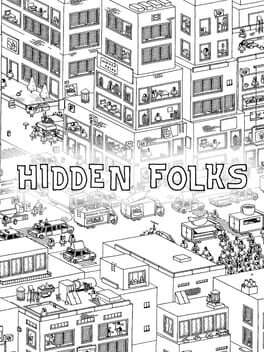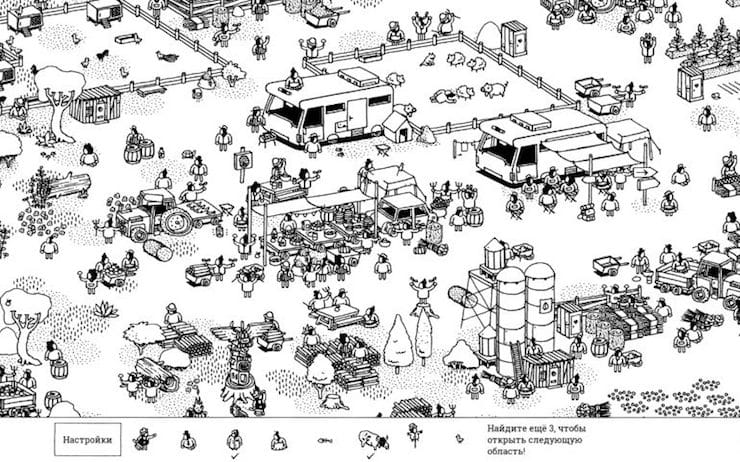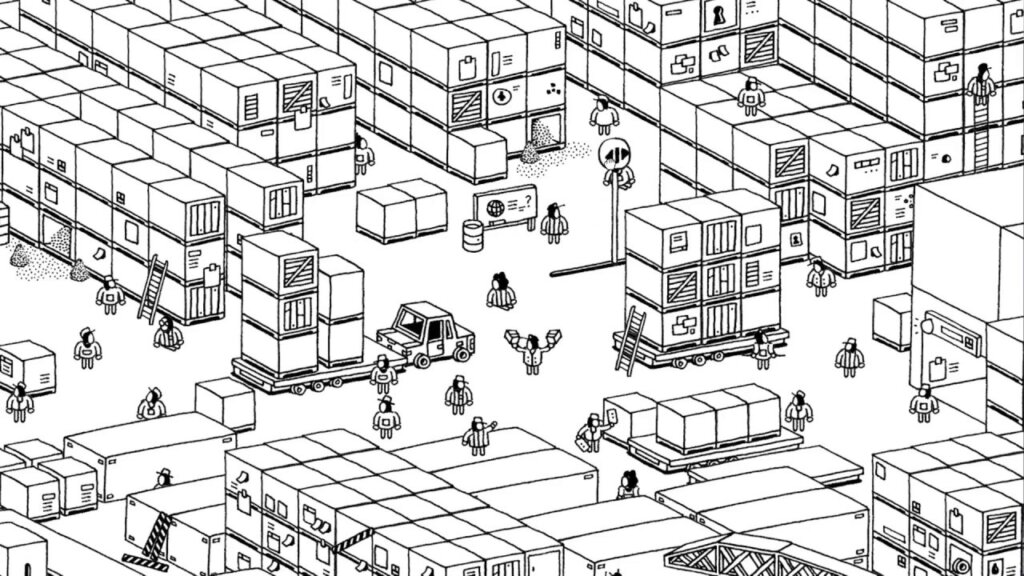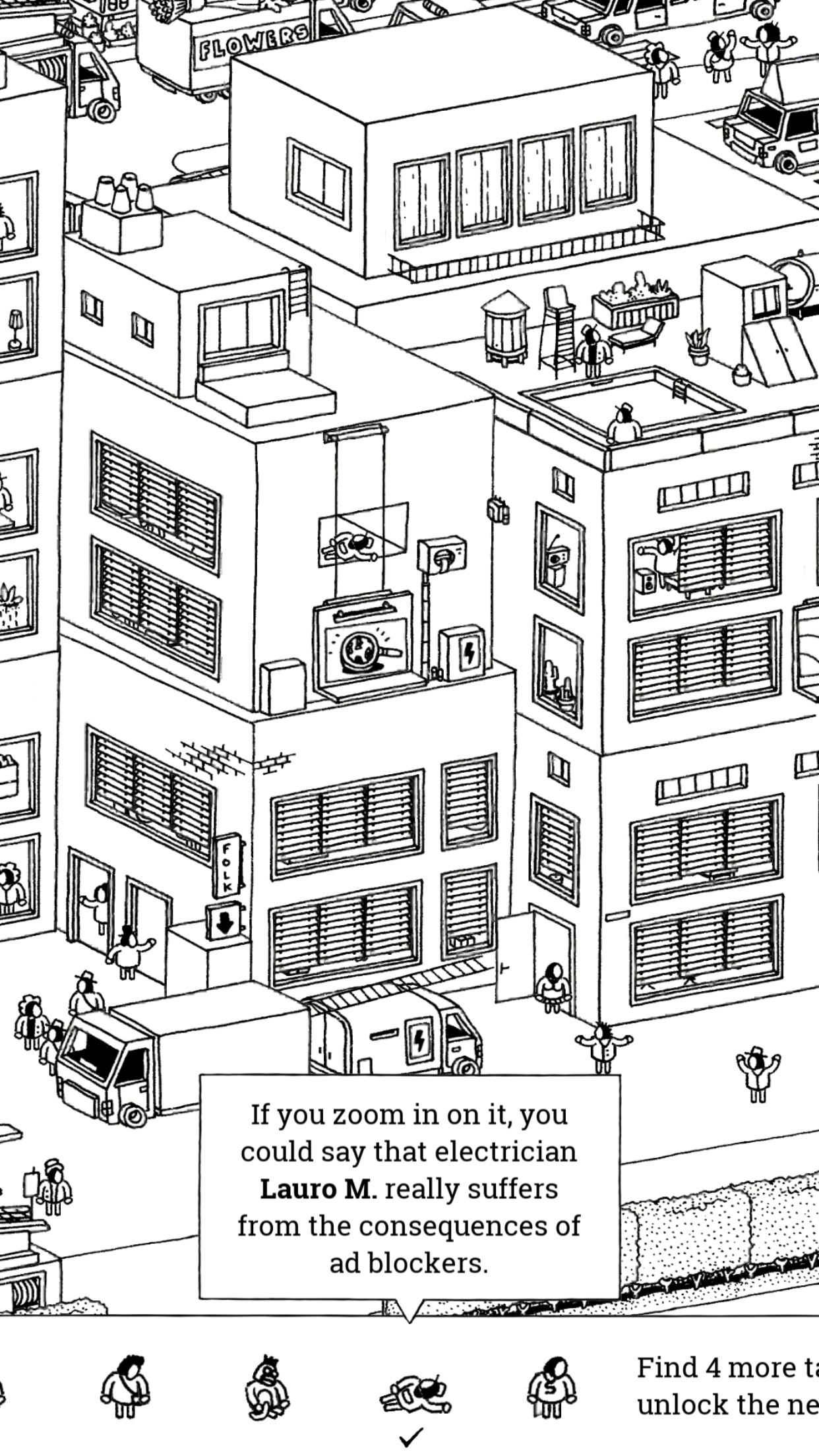

In many cases the tenders call for the installation of comprehensive security features, such as watchtowers, razor wire, surveillance systems, and guardrooms.Ĭross-referencing this information with other media sources, Zenz suggests that at least several hundred thousand and possibly over a million Uighurs and other Muslim minorities could have been interned for re-education.

They provide details about the construction or conversion of dozens of separate facilities across Xinjiang. Pages of local government tendering documents inviting potential contractors and suppliers to bid for the building projects have been discovered online by the German-based academic, Adrian Zenz. Given all this, it is perhaps not that surprising that China has introduced another older and blunter solution to the perceived disloyalty of many of its Uighur citizens.ĭespite the government's denials, the most compelling evidence for the existence of the internment camps comes from a trove of information from the authorities themselves. In response to such criticisms, the Chinese authorities point to rising living standards for Xinjiang's residents.īut in the past decade or so, hundreds of lives have been lost to a mixture of riots, inter-community violence, premeditated attacks and the police response.

Resentment among Uighurs over the perceived uneven distribution of the proceeds of that growth has simmered. The mineral wealth - in particular oil and gas - of a region almost five times the size of Germany has brought huge levels of Chinese investment, rapid economic growth and large waves of Han Chinese settlers. Ever since, it has constantly tested that grip with sporadic outbreaks of protest and violence. The southern city of Kashgar, it is often pointed out, is geographically closer to Baghdad than it is to Beijing - and it sometimes feels culturally closer too.Īnd with a history of rebellion and resistance to Chinese rule, the relationship between the Uighurs and their modern-day political masters has long been as fraught as it is distant.īefore Communist rule, Xinjiang occasionally slipped from China's grip with brief periods of independence. They speak a Turkic language and resemble the peoples of Central Asia at least as much as they do China's majority population, the Han Chinese. There are more than 10 million Uighurs in Xinjiang.
Hidden folks in china code#
The video suggests the school is operating a dress code - not a single one of the female students is wearing a headscarf. The facilities are exclusively for Xinjiang's Muslim minorities, many of whom do not speak Chinese as their mother tongue. That last item shows that whatever you want to call them - schools or camps - the intended target is the same.

The main purpose of these facilities, we're told, is to combat extremism, through a mixture of legal theory, work skills and Chinese language training. “I have deeply understood my own mistakes,” one man tells the camera, vowing to be a good citizen “after I get home”. The interviews sound more like confessions. There is no mention of the grounds on which the students have been chosen for this “study” or how long the courses last.
Hidden folks in china full#
State-run TV has been showing glossy reports, full of clean classrooms and grateful students, apparently willingly submitting themselves to the coursework. Images from Chinese state TV show life inside the "schools"īut a euphemism for the camps has long existed - education.Īlmost certainly as a response to the mounting international criticism, the authorities have begun to double down on this description, with a full-on propaganda drive. China has consistently denied that it is locking up Muslims without trial.


 0 kommentar(er)
0 kommentar(er)
